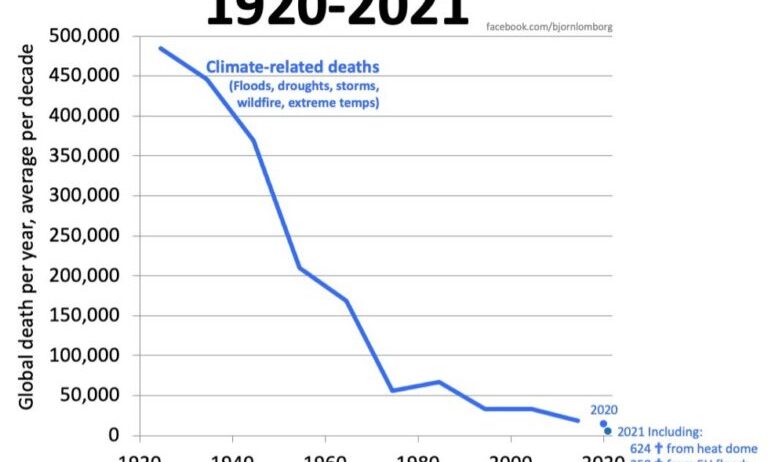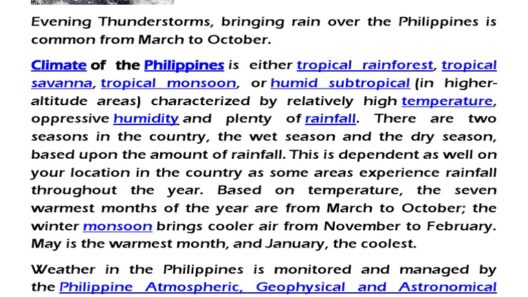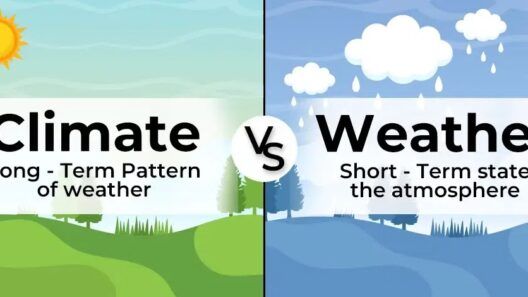The narrative surrounding climate change is often dominated by optimistic projections and the potential for technological innovation. However, there exists an urgent and disquieting reality lurking beneath the surface of these discussions—a climate of death. This term encapsulates the grim consequences of environmental collapse, emphasizing not only the physical death of ecosystems but also the existential threats facing humanity. To genuinely grapple with the implications of climate change, one must navigate the intricacies of ecological despair and acknowledge the profound alterations to our planet’s biophysical systems.
Environmental degradation manifests in numerous forms: the persistent annihilation of forests, alarming rates of species extinction, and the deterioration of vital resources such as clean water and arable land. The dead tree in a flooded forest serves as a poignant symbol of this collapse. It embodies the loss of biodiversity and the irreversible alteration of natural habitats brought upon by climate change. This stark visual representation epitomizes what is at stake—a world in which nature no longer thrives but merely exists in a state of desolation.
One cannot overlook the cascading effects of such environmental ruin. Biodiverse ecosystems are not merely aesthetic treasures; they serve critical functions that sustain life on Earth. Forests, for instance, act as carbon sinks and play a pivotal role in mitigating climate change. The decimation of these green giants disproportionately affects vulnerable communities, particularly those in developing nations reliant on natural resources for their livelihoods. As forests vanish, so do the cultural and spiritual ties that communities share with their land, leading to a profound loss of identity and purpose.
The dramatic ecological shifts dictate a grim reality—the collateral damage is especially acute for marginalized populations. When the environment fails, it is typically the most disadvantaged who suffer the brunt of the consequences. Issues such as food insecurity, forced migration, and health crises become rampant in regions beset by climatic upheaval. Thus, one begins to see climate change not merely as an environmental dilemma but as an intricate web of social injustice and inequality.
Moreover, it is essential to scrutinize the notion of climate-related deaths. While statistics may illustrate a decrease in certain climate-related fatalities, the metrics often mask an underlying truth: the number of lives forever altered by environmental changes is incalculable. The concept of “deaths” in this context extends beyond the corporeal realm. The emotional and psychological toll of climate change leads to a fraught landscape of grief and uncertainty, in which communities confront not only the specter of physical loss but also the existential agonies associated with a deteriorating world.
In contemplating this climate of death, one must also consider the paradigms that govern our response to environmental degradation. Western societies frequently adopt a techno-optimistic lens, suggesting that technological advancements will rescue us from impending doom. Yet, while innovations hold promise, they often fail to address the fundamental ethical and moral questions regarding environmental stewardship. The relentless pursuit of economic growth and profit can lead to exploitative practices that further exacerbate environmental collapse.
Transitioning from destructive patterns to regenerative practices requires a seismic shift in worldview—a reorientation toward sustainability that prioritizes the health of the planet and its inhabitants over short-term gains. Educating individuals and communities about their role in combating climate change is crucial. Such education fosters an awareness of interconnectivity and the reverberating effects of personal actions, nudging society toward more conscientious choices.
Therefore, the rhetoric surrounding climate change must evolve. It ought to inspire action through advocacy and grassroots movements, prompting individuals to engage with their surroundings mindfully. Simply put, climate change necessitates urgent and transformative action. The harrowing reality of environmental collapse should galvanize communities to mobilize for change, instigating a crusade for environmental justice.
As this paradigm shift takes shape, it is imperative to forge alliances across borders and disciplines. Environmental activism transcends nationality; it is a universal struggle. Each localized effort feeds into a broader tapestry of resistance against the looming specter of ecological ruin. Collaboration among scientists, policymakers, activists, and indigenous leaders enriches our understanding of a world in constant flux while fostering sustainable practices and equitable solutions.
The veracity of climate change beckons a radical reassessment of our ethical obligations. We are tasked with not only preserving but actively revitalizing a planet teetering on the brink of collapse. As we engage in this arduous journey, we must muster the courage to confront the dark undercurrents of environmental despair. Only through such honest introspection can we hope to uncover solutions that rectify the profound grievances wrought upon our world.
In conclusion, exploring the dark side of environmental collapse is not an exercise in nihilism but a clarion call to acknowledge the stakes at hand. A climate of death represents a sobering reality—a poignant reminder of what is at risk in our quest for a sustainable future. The time has come to confront this dystopian narrative head-on, to embrace collective action rooted in empathy and resolve—prioritizing the sanctity of life on Earth over the ephemeral allure of profit. Together, we can navigate the murky waters of environmental crisis and emerge into a profound legacy of healing and restoration for generations to come.








